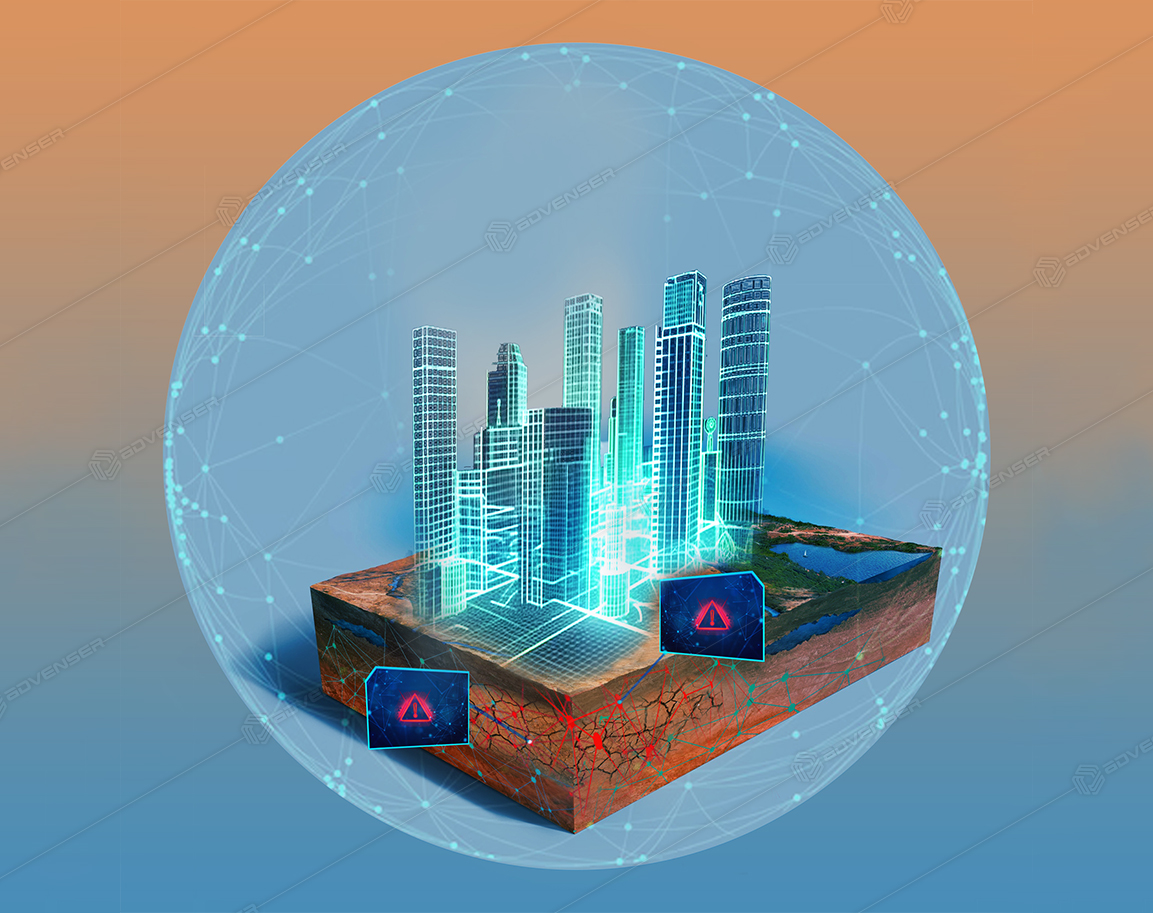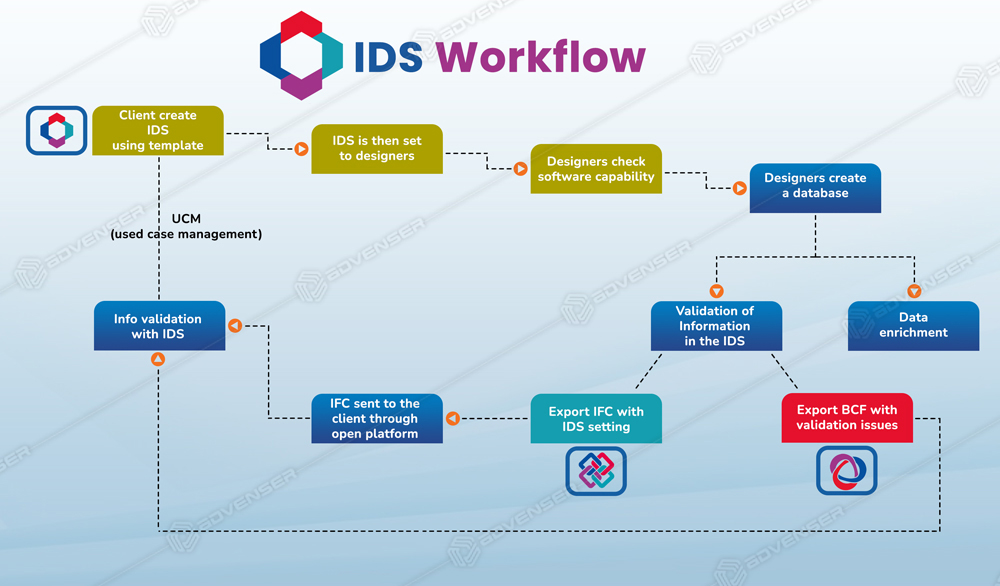What is AR?

Ever imagined walking on a construction site with a tablet in hand and seeing 3 models of pipes, HVAC systems, electric wires overlaid on the real world around you. There’s no more need to carry and strain to understand 2D blueprints or visualize complex structures. AR with BIM is ready to revolutionize the way the Architecture, Engineering, Construction, and Operations (AECO) industries work for constructing the building environment, planning, designing, and maintaining them. It is ready to take this shift to the next level.
Augmented Reality (AR) brings into the forth a viable solution to the issues observed within the conventional Building Information Modeling (BIM) processes. As it incorporates digital information into the real-world environment, AR makes it possible for construction personnel to engage with three-dimensional models. Such improvements in the visualization lead to collaboration, faster decision-making, and efficient execution of project tasks.
AR in BIM allows architects and engineers to review designs and identify issues before construction. Project managers can monitor progress and coordinate teams, while maintenance crews can access critical building data and perform tasks with greater precision using AR.
Digital transformation is increasingly being embraced within the construction industry and the synergy between AR together with BIM is becoming more important. This technology, in turn, can assist in the realization of increased efficiency and productivity, more innovativeness hence better outcomes for clients as well as the built environment.
AR is used in various industries, from design to military training, offering advantages in architecture, archaeology, education, and retail with immersive experiences.
AR technology relies on advanced hardware such as AR glasses and smartphones with cameras and sensors for capturing and analyzing the user’s real-time environment. It supports two primary types of AR: marker-based, which uses pre-known images to anchor digital objects, and marker-less, which recognizes objects in real-time to display information.
BIM – What is it?
Building Information Modeling (BIM) is an innovative process that enables different construction professionals to work together in planning, designing, and constructing buildings within a shared 3D model environment. BIM involves the use of intelligent data, such as construction sequencing, costs, and lifecycle management, to enhance the accuracy and efficiency of project execution. This collaborative approach ensures that any changes are updated across the project lifecycle, maintaining consistency and coordination throughout the project’s lifespan.
Challenges faced by traditional BIM approaches and how evolution helps overcome those hurdles?
Traditional BIM approaches can be a bit challenging. However, BIM is continuously evolving with better techniques to ease the work and increase efficiency and accuracy in existing workflows.
AR is one of them! With Augmented Reality, you no longer need to stare at the 2D screens/blueprints. Instead, you can just visualize your project as a 3D model right before you. Isn’t it interesting to be experienced by the client/stakeholders too??
There’s no doubt BIM is a vital part of the AECO industry. It is a digital presentation of your project where you can test it before its actual on-site construction avoiding delays, spotting early collisions, saving reworks, and timely deliverables.
Augmented Reality (AR) in Construction
AR assists in overlapping the digital models/projects in the real world giving an actual touch and feel of the project. You can imagine walking through the project and observing the internal elements like piping, HVAC, MEP systems, walls, etc.
Do not mistake AR just for visualization, Augmented Reality aids in avoiding costly errors enabling you to visualize errors as well as make changes in real time.
Introduction to Augmented Reality and its Application in the Construction Sector
AR’s application in construction delivers transformative benefits by enhancing safety protocols through real-time safety information and hazard identification. Equipped with AR-enabled devices, workers can receive instant visual cues and training, significantly reducing the risk of onsite accidents and improving overall safety compliance. Integrating AR improves accuracy in planning and execution, reduces errors, and ensures strict adherence to project specifications.

Advantages of AR over traditional methods for visualizing construction projects:
The integration of AR in existing construction workflows revolutionizes traditional methods by providing accurate, efficient, and interactive solutions. AR allows for comprehensive inspections and quality control, guaranteeing compliance with design specifications and enabling quick tweaks in designs. This leads to mitigated costly reworks and enhances the quality of the construction deliverables. Furthermore, AR facilitates efficient resource allocation and tracking, optimizing the use of materials and equipment, which in turn, reduces waste and saves costs.
AR’s role is pivotal, transforming the way construction projects are visualized, planned, and executed. Its power to merge real-world views with digital data not only expedites/accelerates the construction process but also lifts the accuracy and safety of the projects.
With AR, you no longer need to strain to see minute details or struggle to imagine how things complement together. It becomes easy to walk through your project and visualize the same.
Use cases of AR in enhancing construction workflows and stakeholder engagement:
Thus, Augmented Reality (AR) has a number of applications that can greatly improve construction operations and communication with the relevant stakeholders. Here are some notable use cases:
- Onsite verification: AR enables workers to overlay BIM models onto the physical job site, providing a visual reference for accurate placement of construction elements.
- Safety: AR provides immersive safety training simulations and helps workers visualize potential job site hazards.
- Clash Detection: AR can be used for clash detection to visualize potential clashes/collisions between different building systems (e.g., electrical, plumbing, structural, architectural) before they are physically installed on-site or the actual construction initiates.
- Virtual walkthrough and Real-time monitoring: AR enables clients and stakeholders to experience virtual walkthroughs of building designs/projects for a realistic understanding of space and design intent. It also enables real-time tracking and monitoring of construction progress against the planned project schedule by overlaying the planned model with the current state of progress. AR also helps collaboratively to review and discuss design models in real time, allowing for adjustments and annotations that are immediately visible to all participants.
- Exemplary Marketing: AR can prove to be an exemplary strategy to showcase properties to potential buyers, allowing them to visualize finished spaces.
- Facility Management, Maintenance and Operations: AR provides visual instructions for maintenance and repairs with facility management, displaying guidance on equipment or structures. Facility managers employ AR to access and visualize building information, such as mechanical systems and infrastructure, on-site.
Integration of AR and BIM:
The combination of augmented reality (AR) and building information modeling (BIM) technologies shows that AR improves BIM data visualization and introduces interactivity to construction and building management processes.
This integration revolutionizes conventional approaches by offering accurate, efficient, and interactive solutions for construction and facility management.
By utilizing AR, stakeholders can engage with interactive BIM models, improving understanding and involvement at any stage of the construction process. This enables a more thorough and interactive approach to managing construction projects and engaging with clients. It also aids in decision-making and collaboration among all project stakeholders.
Thus, AR facilitates BIM data visualization and communication.
Future trends and outlook:
AR has already transformed the AECO industry and is poised to take it to the next level with its advancements and future trends:
Some of them are as follows: Advanced headsets/hardware capabilities: Light-weight headsets with longer battery life, higher resolutions, LiDAR, and depth sensors, for better environmental mapping and interaction, can improve performance and yield high-end results.
AI and ML integrations: AI and machine learning will improve AR’s interaction with the physical environment for personalized experiences. Better object recognition and tracking algorithms can make the AR applications more accurate and useful in real scenario.
The improvements in hardware, artificial intelligence, connectivity, and cloud computing will lead to the creation of more immersive, precise, and usable augmented reality (AR) systems. Various BIM project aspects are going to be more affected by AR as it keeps progressing.
This will create new opportunities and transform existing processes.
Despite promising advancements, AR in BIM encounters significant adoption challenges due to the high cost of quality hardware, the steep learning curve, and the need for a clear understanding of its value. Also, the substantial concerns related to cybersecurity, privacy, and the physical discomfort linked to wearing AR devices warrant serious attention. Some of the most essential considerations include protecting data and maintaining the anonymity of users. In the future, the most important things would be effective ideas of confidentiality and practical ethics concerning AR applications.
The future is construction is augmented. So, start exploring how you can leverage AR in your existing workflows and lead the race.






